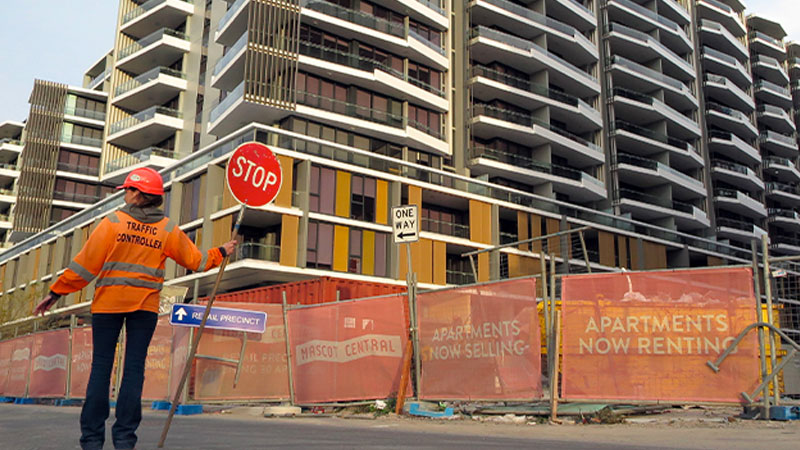
NOMINATIONS CLOSE SEPTEMBER 12 RECOGNISING THE INDIVIDUALS BEHIND THE PROJECTS
NOMINATIONS CLOSING SEPTEMBER 12 URBAN LEADER AWARDS
Resources
Newsletter
Stay up to date and with the latest news, projects, deals and features.
SubscribeNew apartment project launches have continued to decline nationally, which in turn is enabling existing stock to be absorbed, new research from consultancy firm Urbis finds.
Over the year’s second quarter, only 23 new projects launched nationally, compared to 60 projects during the same four months a year ago.
There were 55 launches in the first half, putting the country on track this year to record half of last year’s total 199 launches, itself half of the 2015-2018 average of 407 projects.
Across all projects there was an overall reduction in volume selling of 8 per cent compared to this time last year with further reductions in volume to come given the declining launch rate.
“With the volume launching, in marketing and under construction all diminishing, market attention switches to absorbing newly completed stock,” Urbis director Mark Dawson said.
“This offers buyers, the most active of which in each state were owner occupiers, the advantage of viewing the finished product and suits those residents seeking a move in the short term.”
Nationally, clearance of available inventory dropped from 15 per cent in the first quarter to 10 per cent of available stock selling in the second quarter.
New product rents, which peaked in February in most markets nationally and dropped by 6 per cent in March and 3 per cent in April, have since stabilised in June and July, adjusting to supply and demand conditions.

“In the short term we expect to see more volatility and variation in the data as different states emerge, submerge, and re-emerge in different pathways out of Covid-19-related restrictions,” Dawson said.
“Demand remains restricted and when this happens, the market typically balances itself by diminishing supply, which supports prices.
“With fewer projects launching and taking longer to sell, this flows through to total housing supply approved and delivered in years to come.
The speed of sales dropped in Melbourne from 11 per cent of available stock clearing in the first quarter of the year, to 9 per cent in second quarter as prices held firm.
The volume of new project sales launches continued to trend down, with only 6 new projects launched in the quarter, compared to a quarterly average of 19 throughout 2019.
However, approvals increased in the quarter to levels last seen in late 2018.
Urbis associate director Alex Stuart said apartment rents in Sydney had dropped by around 8 per cent from March to May, with vacancy rates increasing in the inner and middle ring and placing further downward pressure on rents until borders are reopened.
“Covid-19 has impacted the off-the-plan apartment market in Sydney, though there is a lot of activity with developers looking to launch new apartment projects,” Stuart said.
“This reflects developers looking to position their projects so they can take advantage of an anticipated recovery in the market.”
Stuart said a further 4,400 apartments were expected to be completed by the end of the year, bringing the total to 11,771 new apartments built in 2020, a more than 50 per cent reduction from 2018 which saw 24,828 apartments settled.

In Brisbane, where demand for high-rise apartments has slowed in recent months, four projects were launched in the first quarter, eight across the second quarter and a further four developments remain poised for launch prior to the end of the year.
Apartment settlements have also continued to slow with 1,747 apartments expected to settle by the end of the year, compared to 11,771 in Sydney and 18,772 in Melbourne.
The Brisbane rental market experienced a slight decline post-the initial Covid-19 impact, however, rents increased during May and June.
The median rental price is currently $475, which remains below the $483 median rental achieved in March.
RiskWise chief executive Doron Peleg said the drop from 14,813 units in 2018 in Brisbane’s inner-city pipeline—an addition of 20.1 per cent of the current stock, to 5,431 in 2020—an addition of 5.9 per cent of the current stock, presented a dire warning sign with the pandemic further increasing risk.
“Not only is equity risk the major issue for investors, increased vacancy rates and risk to cash flow are also heavily impacting the market,” Peleg said.
“The issue of oversupply is not a new problem and has been there for a few years and the continuous weakness of the unit market in inner-city Brisbane should raise red flags for developers and lenders.”